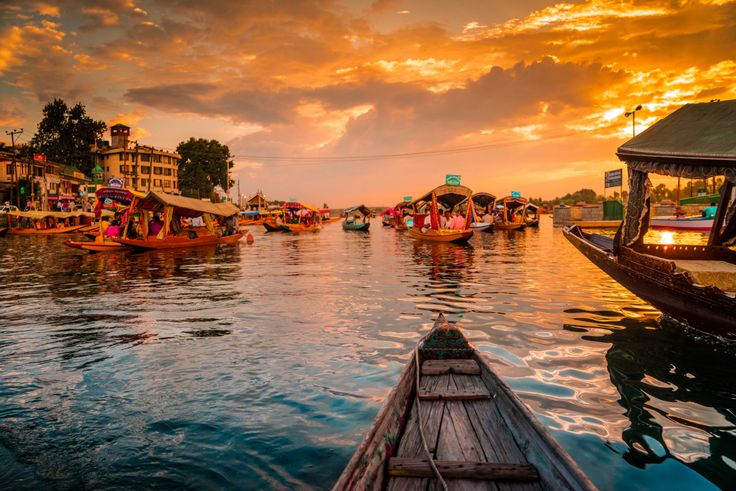
Tough trek: The journey to the temple involves a challenging 16–18 km uphill trek from Gaurikund, the last motorable point. Ponies, palanquins, and helicopter services are also available for pilgrims.
Preparation: Visitors should carry warm clothing, proper trekking shoes, rain gear, and a first-aid kit. It is also important to stay hydrated to prevent altitude sickness.
Best time to visit: The ideal time is during the summer (May to June) and autumn (September to October) months, when the weather is pleasant. The monsoon season (July to August) is prone to landslides and is best avoided.
Notable nearby attractions
Adi Shankaracharya Samadhi: Located behind the main temple, this monument marks the spot where Adi Shankaracharya is believed to have attained moksha.
Bhairavnath Temple: Situated on a hill 500 meters from the main shrine, this temple is dedicated to the guardian deity of Kedarnath. It offers panoramic views of the valley.
Rudra Meditation Cave: This is an underground meditation cave near the temple complex. It became popular after Prime Minister Narendra Modi meditated there in 2019.
Vasuki Tal: An 8 km trek from Kedarnath leads to this high-altitude lake, which offers stunning views of the Chaukhamba peaks.
Deity and mythology: The stone temple is dedicated to Lord Shiva. According to a legend from the Mahabharata, the Pandavas built the original temple to atone for their sins. In this story, Shiva disguised himself as a bull and dove into the ground at Kedarnath, leaving only his hump behind. The conical rock formation inside the temple is worshipped as this hump.
Architecture and resilience: The current structure is believed to have been rebuilt by the 8th-century philosopher Adi Shankaracharya using large, evenly shaped grey stone slabs. It famously survived the devastating 2013 flash floods, protected by a large rock that diverted the floodwaters.
Worship: Due to extreme winter weather, the temple remains closed from roughly November to April. During this time, the deity's idol is moved to the Omkareshwar Temple in Ukhimath for worship.
Geography and landscape
High-altitude setting: Kedarnath is located at an elevation of 3,583 meters (11,755 ft), surrounded by snow-capped peaks, including the Kedarnath peak (6,940 m) and Kedar Dome (6,831 m).
Mandakini River: The town lies on the banks of the Mandakini River, which originates from the nearby Chorabari Glacier.
Kedarnath Wildlife Sanctuary: The town is part of a sanctuary, also known as the Kedarnath Musk Deer Sanctuary, which is home to endangered Himalayan fauna and diverse flora.




